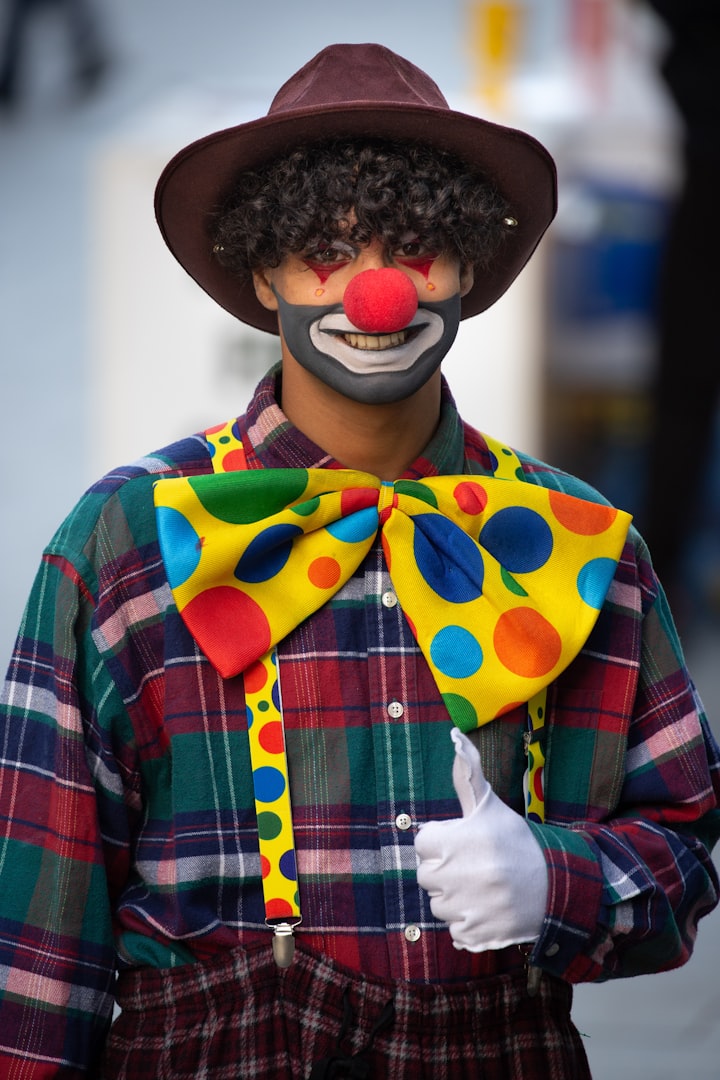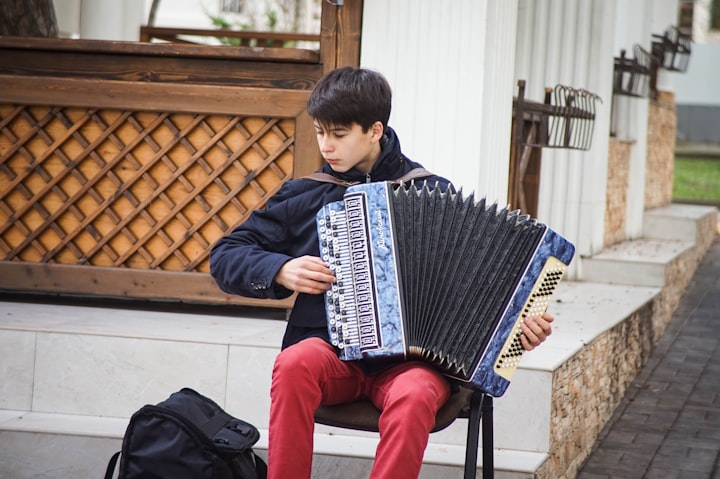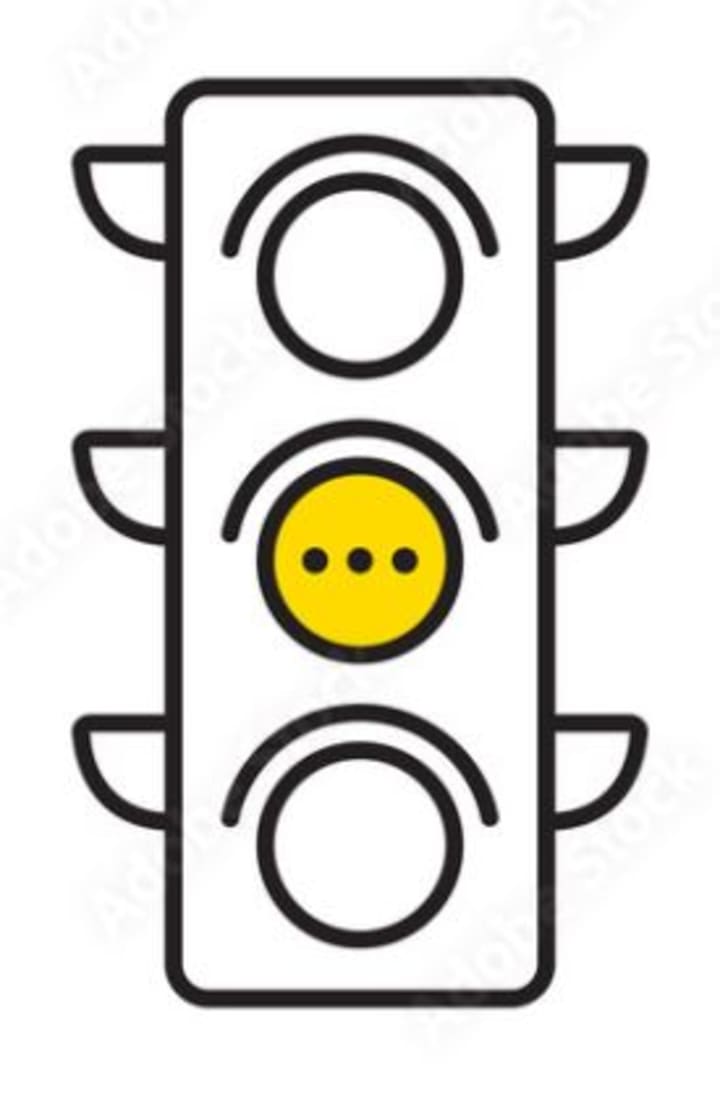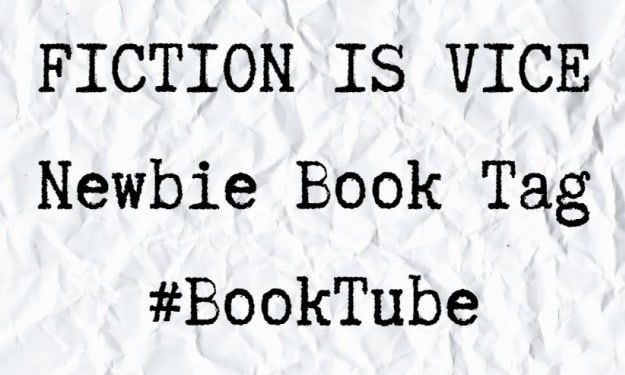
Australian affiliate links are at the bottom of this article
Hello, Book People! I hope everyone is well and enjoying their videos today. I am Jasmine, a.k.a. Fiction Is Vice. Today I am sharing my love on Margo Lanagan’s Black Juice.

But first, let me read the blurb and tell you about the author:
10 outstanding stories that delight, shock, intrigue amuse and move the reader to tears with their dazzling imaginative reach, their dark humour, their subtlety, their humanity and depth of feeling. Black Juice is a book of breathtaking stories that defy boundaries. They are dazzling, ruthless, tender, fierce, unique – ten deeply moving stories from an exceptional author.
And the author…

Margo Lanagan is an internationally acclaimed writer of novels and short stories. Her collections of short stories have garnered many awards, nominations and short listings. Black Juice was a Michael L. Printz Honour Book, won two World Fantasy Awards and the Victorian Premier’s Award for Young Adult Fiction.
SPOILER WARNING

I thought I might do a quick rundown on each of the ten stories before I talk about two of my personal favourites.
This book is a roller coaster. Each unique story had its own unique emotional hook. This collection is considered weird genre fiction but the central core is an emotion we would all readily identify with. Like grief, hope, or a bit of fear for the unknown. It’s an identifiable emotion even if we don’t immediately recognise the world each protagonist is in.
#1
The first story in the collection is Singing My Sister Down, which is Margo Lanagan’s most anthologised short story.
Singing My Sister Down is about our protagonist watching his sister’s slow death. The sister’s death is a punishment for a serious crime, and she is sinking very, very slowly in a tar-pit.
There is a whole ceremony involved in this death sentence. While the protagonist and the family are on the tar-pit right with their sister and daughter, the whole community sits on the edge of the tar-pit and has turned out to watch.
#2
The second story is My Lord’s Man, which follows a medieval serf (I believe) who follows his lord who is following his lady who has run away from the castle to a gypsy camp for a bonfire night.
#3
The third story is Red Nose Day. Red Nose Day is a charity drive in the UK, US, and here in Australia. But Margo Lanagan has overturned our expectations on this one. This is one of my favourites, and I’d love to talk about it some more after my summary (see below).
#4
Then we then move on to Sweet Pippit in which a herd of elephants are on a mission to rescue the kindest caretaker they’ve ever known. This story has the hardest names to pronounce in the entire collection. But has the sweetest ending, I think, of all the stories.
#5
Then there is my personal favourite and the longest of the short stories in the collection called The House of the Many.
The ‘house’ refers to the musical instrument the accordion. And Margo Lanagan has layered descriptions of the accordion's music with everyday life and religion. It’s another story I want to discuss after the summary (see below).
#6
Then we learn about the Wooden Bride. The story of a girl who is undertaking a rite of passage to become a Bride at the cost of becoming a wooden-like person. The protagonist’s status as a Bride is very important to her and to her community. And it's like she has been married to that community, to the city, to the church, and to her country as a whole.
#7
Then we have the short story, Earthly Uses. In my humble opinion, this is the most interesting but I’d consider it the ‘weakest link’ in the collection.
In Earthly Uses, it’s about a boy who’s tasked with summoning an angel to help his dying Nan. But these ‘angels’ are red-skinned, leathery iron-tipped wings and have bright but dark eyes. And they’re an integral part of the world in this story.
#8
The story Perpetual Light made me laugh out loud. Not because it was deliberately funny but because I could relate to the family dynamics at play here, as our protagonist meets up with her family for a funeral.
Perpetual Light is the most recognisably Australian story. The twist is there’s been an environmental collapse. And there’s a wordplay on the perpetual light of a good soul against the hellish perpetual light that is everyday life for our protagonist.
#9
Then we have an original story, Yowlinin. Yowlinin is about a young orphan who has an unrequited love for a ‘lucky boy’. The title, Yowlinin is the name of the monsters the protagonist is quite familiar with and tries to warn the community about.
#10
And the last story, Rite of Spring, is a short story on a ritual this community performs by sending someone out to the top of a mountain – during a raging storm – to perform a speaking of words to bring on the first day of spring. And this story focuses on a protagonist who isn’t automatically comfortable with his words.

It was Red Nose Day and the House of the Many where I felt the book was hard to put down. But Earthly Uses I felt I had to slog through it. But don’t get me wrong, all of the stories were interesting and enjoyable in their own way. This book is highly recommended.
RED NOSE DAY
But Jelly had class and all the allergies that come with that.
For anyone who might not know, there is a charity drive in the UK, US, and Australia called Red Nose Day, it’s to raise funds for children in poverty.
You buy yourself a red nose like the clowns wear, or you can buy a badge if you’re too embarrassed to wear the nose.

The everyday world in this story is everyone is a clown. Celebrities are the greatest clowns that ever lived. The everyman are the theatre riggers and street sweepers that pick up after the clowns. So, anyone who stops performing, or chooses not to perform at all, are considered the strange people.
Our nameless protagonist has never performed and he has a rifle.
We were up high in the nuns’ palace. No one had slept here since the old girls got torched for wowserism, so it was a good hide.
Our nameless protagonist is a sniper who is assassinating the more prominent citizen-clowns. He is a random spree shooter. And he is doing this because he is avenging the abuse of children.
Our nameless protagonist is partnered with a man named Jelly. There’s a moment in the story where these two guys find out they had killed Jelly’s brothers. Jelly hadn’t recognised them in the moment. But when he realises the consequences of what he’s done, there is this really interesting description where Jelly decides to put on his clown make-up and costume, and performs some of his routines – to no one but our nameless protagonist. Who – true to his mission – kills Jelly.
I love the details on the rifle our nameless protagonist uses in this story. Please excuse my Italian – I don’t speak it as fluently as bad French – but the rifle is a fioreschicciare. It’s two Italian words put together. Fiore is ‘flower’ and Schiacciare is ‘to crush’. So, clowns are assassinated with a ‘flower crusher,’ sort-of.
A top-of-the-line Fiore. Famous for her precision work during the Lemonade Wars, she was matt black, with her slender, high-haunched build of all the weapons Benato designed for Fiore. And totally focused on the job – no engraving, no mirror-plating, no fussy walnut work. The only mark on her was the serial number stamped into her barrel.
Because this is a world where clowns and performers are celebrities it stands to reason these are the people with the most power. And therefore they’re also the abusers of power. Our nameless protagonist hints at the abuse of children in state-run homes. Our nameless protagonist grew up in these homes though he claims he didn’t get the worst of it. It’s enough apparently to make him want to kill them all. Indiscriminately.
If it’s got a red nose, never tell it your true name, said Frik-knuckles before he went off to the tram-station to lay his head on the rail. Call yourself Billy or Tommy or anything that’s not your name. That way it can be happening to that other kid, and you can keep your own name for yourself.
HOUSE OF THE MANY
Raw earth, dead fire, unclean flesh – all these underlay the worse smell.
I found it hard to grasp House of the Many in one reading. The language is so layered. I found it a bit difficult to pick out quotes to share because these layers are in whole paragraphs that make up whole pages and I wouldn’t want to overload anyone. Part of the reason why this is one of my favourites is because I had read it more than once to understand everything.
If you do pick up Black Juice – which I highly recommend that you do – you’ll need to be prepared to read a few stories more than once to get the whole story.
We’re introduced to our protagonist, Dot, as a not-quite-an-adolescent young boy who is still living with his widowed mother and deformed sister. His mother has remarried a kind of guru who calls himself the Bard.
The Bard has a busted up accordion which he refers to as the House of the Three.
The House of the Three was brown and fragile, like those dead people the wind sometimes uncovered, whose flesh when touched would turn to fine dust, blowing off the browned bones.
The ‘house’ is the accordion itself, and the three are three chords it can play. One chord has a distinctly feminine sound called Anneh. One has a distinctly masculine sound, called Robbreh. And the final chord is a child, called Viljastramaratan. And this child annoys the Bard because the child doesn’t have purpose, per se. As the Bard is introducing Dot to these chords he’s introducing how men, women, and children fit into the Bard’s isolating world.
Anneh, she’s the one who wears the pants. She chops all the wood, she hoes the fields, picks the greens and cooks, and leads the animals around. We don’t know how she fits all that into her days but she does, and all the time she’s humming and thrumming.
And the Bard goes on to say,
‘Robbreh he’s a typical man’ said the Bard. ‘He wears the comfortable robes, and he spends all his time in the tea-tent talking wisdom with the Bard. He’s happy with very little, as everyone should be. His voice is like a heartbeat. It’s so low, it’s hard to hear, but it’s there all the time.’
‘Viljastramaratan? That one’s a mystery child. Viljastramaratan is not boy and is not girl, or is boy and girl together. Very high, like a mosquito, and distracting like that, and unrestful. Viljastramaratan is always bothering the other two to come and dance. They never do of course; they just go about their ways and ignore him. So Viljastramaratan weave song-stuff around them crazier and crazier, finishing every time in a giggling heap. And when that’s quieted, we can hear Anneh and Robbreh again, steady in their song.’
Dot’s father has died in an armed conflict and his mother handed over her entire widow’s inheritance to the Bard to raise her children in his compound.
However, Dot doesn’t quite fit in. He’s considered one of the Bard’s favourites, but when he turns twelve he decides to leave the community for the materialistic outside world.
In the outside world, Dot soon finds the House of the Many
Where the House of the Three was made of worn brown wood, the Many’s seemed to have grown into its curves of blood-red glass, trimmed with silver lines. Where the Three’s had two yellow teeth, the Many’s bore a full set, dazzling plasticky white, slippery black and, at the other end, a grid of black buttons. Where the Three’s rooms were joined with a cracked fan of brown paper that shed dust, the Many’s had moist-looking red leather.
The house of the many becomes a symbol for an education Dot would never have received from the Bard. Its sounds are the new and exciting world of material wealth, of all the people, and the colours, the food, everything of the outside world.

So those are the two of my personal favourites in the collection. I find that the first half of the book to be superior to the last half. I think whoever curated this collection knew damn well the stories to get readers hooked enough to complete the whole book.
I’d like to wrap up my review
...with a traffic light recommendation for people. Red Light for those who I wouldn’t recommend this novel to, Yellow Light for those who might want to read this novel, and a Green Light for anyone who would definitely enjoy Black Juice.
RED LIGHT:

The only thing I find to be ‘young adult’ about it is the age of the protagonists. Not necessarily a recommendation to young readers. Every protagonist in every story is coming-of-age, and regardless of their actual age, they’re grappling with leaving their childhood, or life of dependence, behind for their independent adult future. Even the story about the elephants.
I wouldn’t recommend this to any kid who’s a bit sensitive about their reading ability. The subtle hints in the world-building might go over their heads, and sometimes protagonist’s names are unpronounceable.
YELLOW LIGHT:

I might suggest recommending it to someone who does very well in their English, and is willing to re-read stories to get everything.
GREEN LIGHT:

I absolutely do recommend it to any adult who wants to be a writer and wants a recommendation on who to read and/or try to emulate. Margo Lanagan’s language would be a brilliant recommendation for writers.
I absolutely do recommend Black Juice to any adult or kid who loves weird or speculative fiction. Or just gets a kick out of strange coming-of-age stories.
I will love you and leave you for now, but before you go please comment below if you've read any of Margo Lanagan's work and which is your favourite?
If you haven't read Black Juice I have an affiliate link - for Aussies - below so you can buy the ebook and start reading straight away. I also have links to Margo Lanagan, herself, for you to check out.
Bye!
Vocal readers can comment on my YouTube page. Please ❤, tip for appreciation, share this article and/or follow me on Vocal, or Twitter.
SHOW NOTES
(All * are Australian affiliated links)
Buy Black Juice, ebook*: https://amzn.to/3aYE6YK or paperback*: https://amzn.to/3pqsHJK






Comments
There are no comments for this story
Be the first to respond and start the conversation.